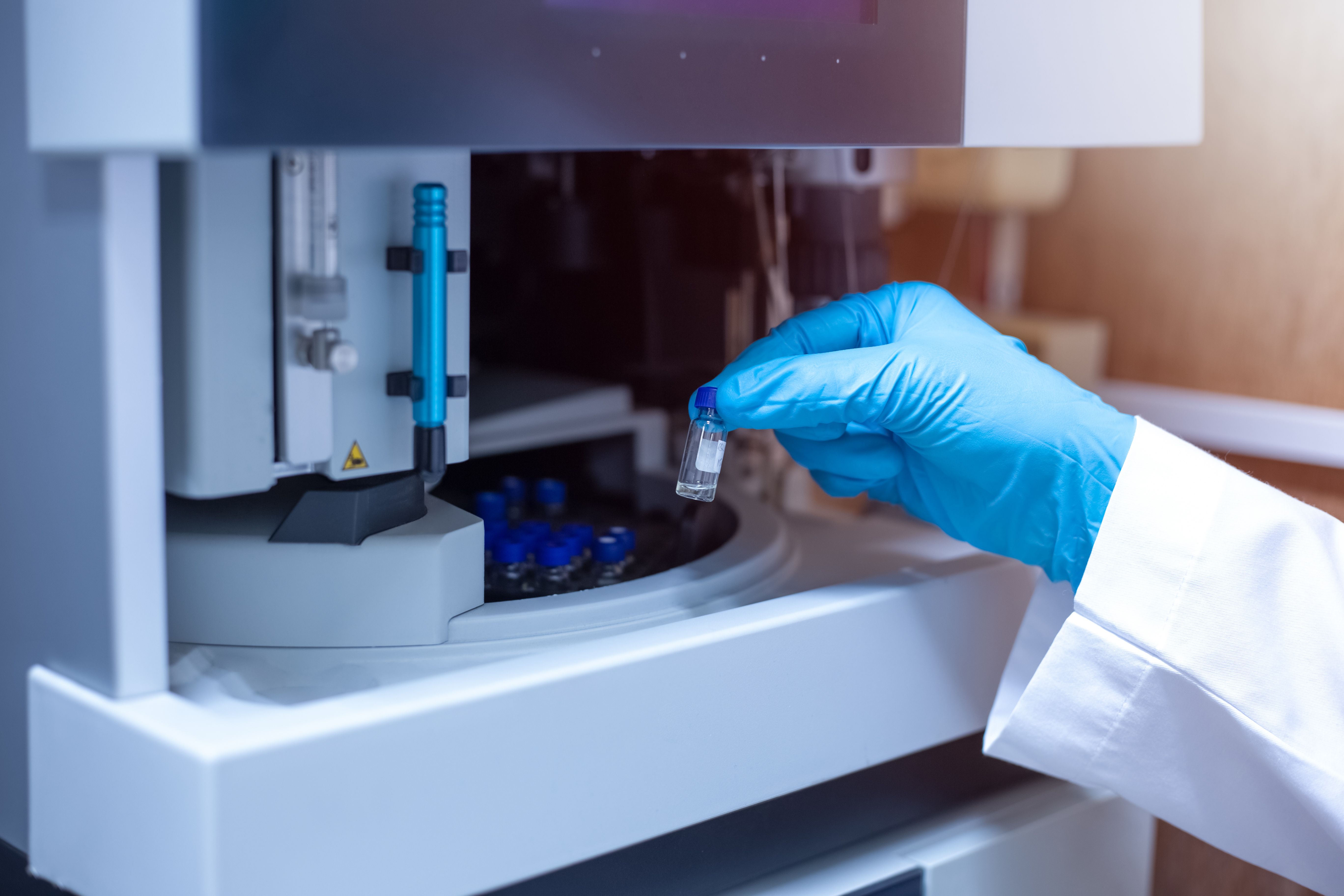Trapping Mode Two-Dimensional Liquid Chromatography: A Breakthrough Approach for Low-Level Impurity Enrichment in Pharmaceutical Development
Researchers have developed a trapping mode two-dimensional liquid chromatography (2D-LC) workflow for the enrichment and quantification of low-level impurities in pharmaceutical development, offering a promising approach for enhancing impurity monitoring in the pharmaceutical industry.
Trapping mode two-dimensional liquid chromatography (2D-LC) has emerged as a powerful technique in pharmaceutical analysis for the enrichment and quantification of low-level impurities. Addressing the limitations of single-dimensional LC (1D-LC) and unenriched 2D-LC, researchers, led by Ziqing Lin, from Bristol Myers Squibb Company have developed a robust and efficient trapping mode 2D-LC workflow that offers enhanced sensitivity and accuracy in pharmaceutical impurity monitoring (1). The research was published in the Journal of Chromatography A.
Scientist moved the vial of sample out from the tray autosampler of the Liquid Chromatography Mass Spectrometer LC/MS after the analysis was complete. | Image Credit: © S. Singha - stock.adobe.com

Multi-trapping 2D-LC is a technique that enriches and quantifies low-level impurities in complex samples. It involves separating the sample in the first dimension, trapping specific analytes in fractions, and reinjecting them into a second dimension column for further separation. This process is repeated through multiple trapping cycles, allowing for concentration and enrichment of the analytes of interest. The enriched fractions are then analyzed using various detection methods for accurate quantification. Multi-trapping 2D-LC provides a valuable tool for impurity analysis in pharmaceutical development and other applications.
The study focused on evaluating the quantitative capabilities of multi-trapping 2D-LC for impurity levels ranging from parts per million (ppm) to 0.15% (w/w). By utilizing common components and software available in standard 1D-LC instruments, the researchers devised a turn-key system that can be readily integrated into existing laboratory setups. The workflow demonstrated excellent performance, achieving a recovery rate exceeding 97.0% and offering linear enrichment for up to 20 trapping cycles.
To validate the efficacy of the trapping mode 2D-LC system, several real-world pharmaceutical case studies were conducted. Firstly, the method successfully identified two unknown impurities at sub-ppm levels, which were responsible for material discoloration. Secondly, the system detected a new impurity at 0.05% (w/w) that co-eluted with a known impurity, resulting in undesired summation above the target specification. Lastly, the system accurately quantified a potential mutagenic impurity present at a 10-ppm level in a poorly soluble substrate.
Impressively, all the studies exhibited recovery rates exceeding 97.0% with relative standard deviations (RSD) lower than 3.0%, highlighting the accuracy and precision of the trapping mode 2D-LC workflow. The simplicity of implementation, requiring no specialized equipment or software, makes this approach highly accessible for pharmaceutical laboratories involved in impurity monitoring. Moreover, the system holds great potential for method development and validation in quality-control laboratories.
With its ability to efficiently enrich and quantify low-level impurities, trapping mode 2D-LC offers a promising avenue for enhancing the analytical capabilities in pharmaceutical development. By facilitating the identification and quantification of impurities, this technique contributes to ensuring the safety and efficacy of pharmaceutical products. As researchers continue to refine and optimize trapping mode 2D-LC workflows, the pharmaceutical industry can benefit from more robust impurity monitoring methods for quality assurance and regulatory compliance.
Reference
(1) Lin, Z.; Wang, Q.; Zhou, Y.; Shackman, J.G. Trapping mode two-dimensional liquid chromatography for quantitative low-level impurity enrichment in pharmaceutical development. J. Chromatogr. A 2023, 1700, 464043. DOI: 10.1016/j.chroma.2023.464043
Characterizing Polyamides Using Reversed-Phase Liquid Chromatography
May 5th 2025Polyamides can be difficult to characterize, despite their use in various aspects of everyday life. Vrije Universiteit Amsterdam researchers hoped to address this using a reversed-phase liquid chromatography (RPLC)-based approach.
New Method Explored for the Detection of CECs in Crops Irrigated with Contaminated Water
April 30th 2025This new study presents a validated QuEChERS–LC-MS/MS method for detecting eight persistent, mobile, and toxic substances in escarole, tomatoes, and tomato leaves irrigated with contaminated water.
University of Tasmania Researchers Explore Haloacetic Acid Determiniation in Water with capLC–MS
April 29th 2025Haloacetic acid detection has become important when analyzing drinking and swimming pool water. University of Tasmania researchers have begun applying capillary liquid chromatography as a means of detecting these substances.
Prioritizing Non-Target Screening in LC–HRMS Environmental Sample Analysis
April 28th 2025When analyzing samples using liquid chromatography–high-resolution mass spectrometry, there are various ways the processes can be improved. Researchers created new methods for prioritizing these strategies.

.png&w=3840&q=75)

.png&w=3840&q=75)



.png&w=3840&q=75)



.png&w=3840&q=75)






